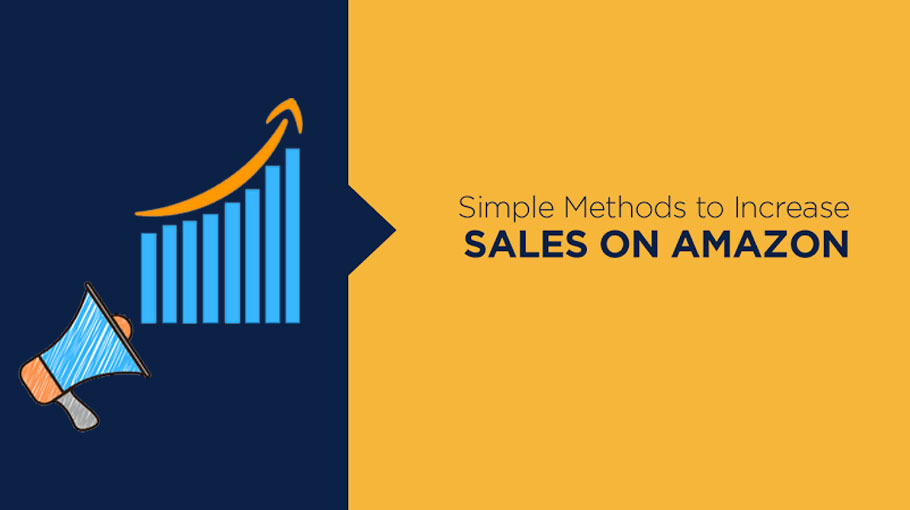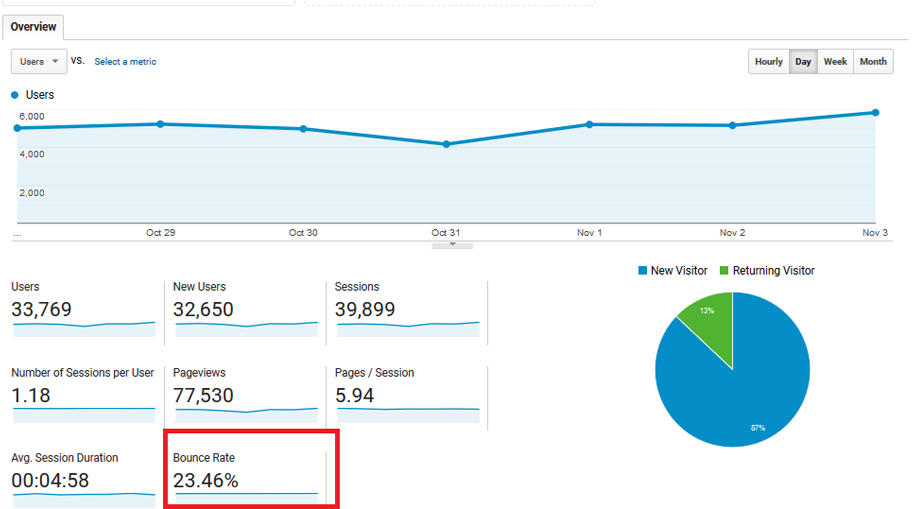
Launch Your Online Store Now, Step By Step Guide
If you want to start selling online, there are a number of different marketplaces available these days. You have the opportunity to actually list your products on these sites and start selling online. While this seems like a great idea, there is a flip side to it. All these marketplaces actually collect a commission on each sale, fix charges, a lot of competitions from other sellers, etc. Why lose money this way when you can actually have your own setup? In this article, we will see how can you launch your own store online and avoid these third party charges.
How do you do that?
What are the associated costs?
How do you set it up?
Well, you get all the answers here!
Here are some steps to launch your store online:
1) Choose the right category
Before you go live with your eCommerce idea, it is essential to decide on a category. It could be a single category website. For instance, you could have a site that sells only eyeglasses and shades, or a site that has only fashion apparel or a site that sells cosmetics alone.

On the other hand, you could also have a site that has a host of categories and a wider customer base. The kind of products you want to host should be the deciding factor in getting the right product category.
2) Get the domain name registered
Once you decide on the category, the next step involves registering your domain name. For instance, if you are running a business called ‘XYZ’, your domain name could be xyz.com. Where do you get this registered? You could do this at the domain registrar. Some options in India would be Big Rock, GoDaddy, and the likes.

The cost could start as low as Rs. 99 per domain. Based on the type of domain provided, the price could go up to Rs. 999 as well.
3) Website development
Up next is building the website and this requires a technical component of software development. There are two options here. The first would be Software as a Service or SAAS. You could hire the services of a company that has pre-built templates. All you have to do is feed in your products and theme and your work is done. There is minimum or no-technical knowledge required and you pay a monthly service fee.
The backend support team is the cherry on the cake. On the flip side, there are limited customization opportunities present here. You would have to rely on the service provider’s themes and designs to develop your site.
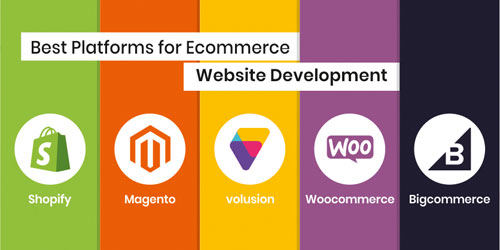
But if you are looking to have full control over your website, and have the ability to customize and modify it based on your requirements, then an open-source website could be the best solution here. Good technical knowledge and a good development team is a must here. This also gives you full autonomy with your site. You can change or edit it based on your requirements. But if you are new at this, it is best to opt for the SAAS platform.
4) Create marketing content
The next step includes inserting the right product content and images into the site. This is important in order to showcase the kind of products that are available on the website. The content should be such that the visitors on the website actually end up making a purchase.
How can you achieve this? Online marketing could involve the use of Google or Facebook Adwords. This would mean, whenever the user searches for something online, and if you are selling the related products, your page will be advertised on top. This basically refers to the few product pages advertised on top. For instance, if the Google search states, ‘Buy toys online in India’, all relevant ads will be brought to the top of the page.
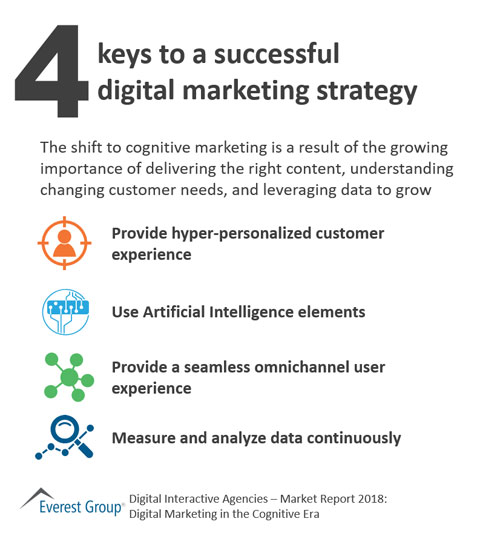
You could also engage in email marketing to reach out to the potential audience. SEO marketing is another important method here. Following the best practices for Search Engine Optimization methods, you could get your website to feature in the top few results of a Google search for products. The higher the SEO quotient, the better are your marketing prospects.
Also Read
- Best Ways to Double Your eCommerce Sales
- How to Improve Bounce Rate for an eCommerce Website
- How Can You Make Your Online Store More Trustworthy?
5) Payment Method
Once the marketing and order placement processes are taken care of, the next step is the all-important payment procedure. You could either feature a cash-on-delivery method or a prepaid or online payment method or both. Most parts of India rely on COD methods until they become aware of the security of online payments.
For this, a lot of courier companies in India are currently working for online retailers. They take up the job of transporting and delivering the products and collecting the payments on your behalf. On the other hand, if you feature the prepaid methods, you would have to get yourself linked with a payment gateway.
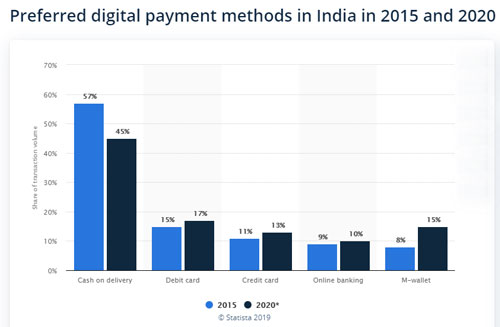
They will provide you with API that needs to be integrated into your online store. By this API, the gateway company will collect the payments from the consumers and transfer the same to your account.
6) Shipping methods
The final step to launch an online store is the shipping process.

This starts with packaging the parcels to delivering the same. If you have a prepaid order, the shipping company will package the product and ship it to the necessary address. A tracking number is provided to you to check how the order’s live status. For the COD orders, the courier company collects the payment for you upon delivery and sends you the money as well.
Conclusion
To sum it up, to launch your new online store set up requires quite a few processes.
- Firstly, you start with selecting the right product category.
- Get yourself a domain name to work with.
- Develop the website based on the SAAS approach or the open-source platform.
- Putting in relevant content and marketing materials becomes important in order to attract the right kind of attention.
- Once you have good site traffic being converted into leads, you could then set up the payment methods and shipping processes.


